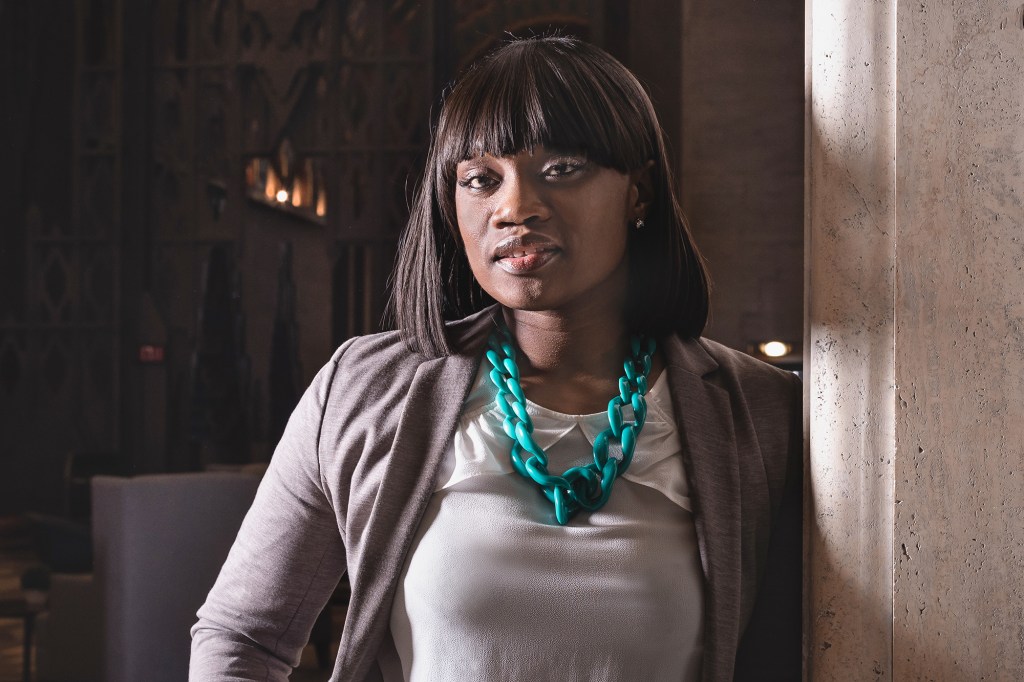Tiffany Brown, Assoc. AIA, who along with Michael Ford and Eryk Christian co-founded the nonprofit Urban Arts Collective (UAC) in 2017, wants underserved and underrepresented kids to know that the design profession needs their skills and talent. “I’m not working in a field that looks like me,” Brown says. “It’s time for me to go back and seek out those kids who need to be designing those spaces.”

Courtesy Hip Hop Architecture Camp
Tiffany Brown
Like Ford and Christian, Brown grew up in Detroit in the 1980s and ’90s, in unsafe neighborhoods and public housing complexes. She studied architecture at Lawrence Technological University, in Michigan, and now works at SmithGroupJJR in Detroit. Last fall, she won a Knight Foundation grant for “400 Forward,” a series of camps, workshops, and school events she’s creating to teach African-American girls, in particular, about art, architecture, and planning. Rosa Sheng, FAIA, of SmithGroupJJR, says that Brown’s work is crucial because it is “spreading awareness about the lack of licensed architects who are black women and championing that future for black girls.”

Courtesy Hip Hop Architecture Camp
A Hip Hop Parkitecture event in 2017

M.O.D. Media Productions
A Hip Hop Architecture Camp in Houston
Ford and Christian, a professional DJ, both studied architecture at the University of Detroit Mercy. Ford has earned a measure of fame as the creator of the Hip Hop Architecture Camp: weeklong sessions that teach design through hip-hop culture and music—which, as Ford notes, was created in public housing. (He sardonically calls Le Corbusier “the real father of hip-hop.”) Now based in Madison, Wis., Ford is helping that city’s planning department make its work more inclusive and is running an after-school version of his camp for at-risk youth in public schools.
Brown, who loved to draw as a kid and dreamed about working for Disney, never thought about a career in design until a recruiter came to her high school and encouraged her study architecture. She believes it’s essential for kids to see people who look like them working to change their homes and neighborhoods. “I want to give everything I have learned to girls who are walking my path,” she says. “I want to make sure they know it’s up to them to advocate for our communities.”
Tiffany Brown discusses the 400 Forward program

courtesy Tiffany Brown
Tiffany Brown with Michelle Obama at the AIA Convention
More Workers in Progress:
-
Bryan Lee Jr. and Sue Mobley, Colloqate Design
“The goal is to establish a system of memory that explores histories that haven’t been part of the main narrative.”
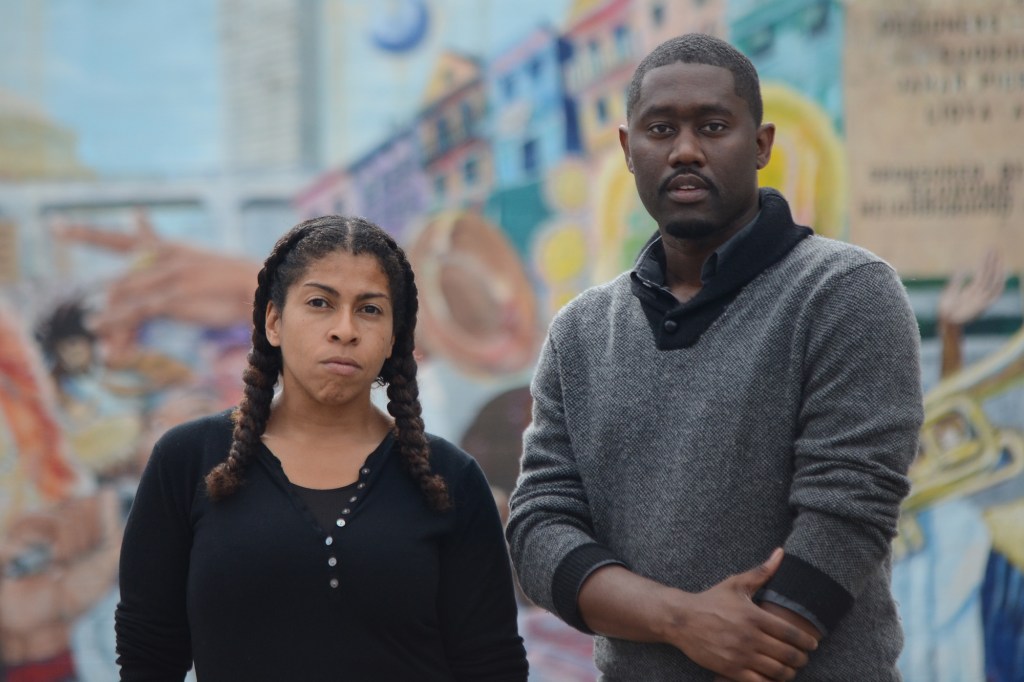
-
Liz Ogbu, Studio O
“In most of my projects, it’s the wrong problem outlined in the brief. You can only right-fit it by talking to people.”
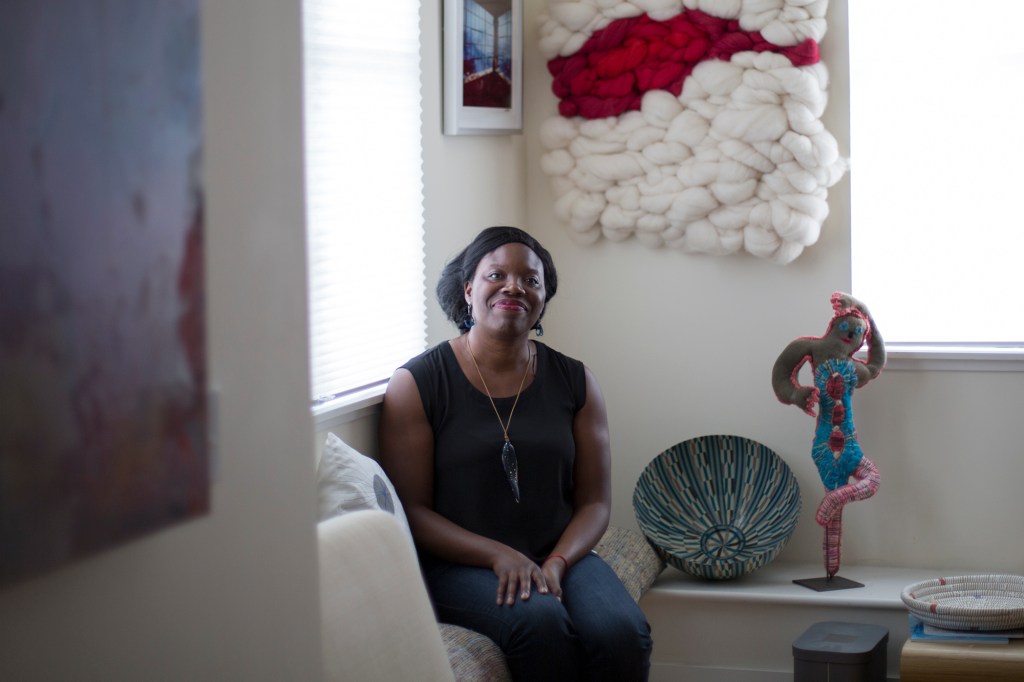
-
Julia Murphy, Skidmore, Owings & Merrill
“We are talking about cultural change and the pace of that is often quite slow. There are certain conversations that we have to revisit often in order to keep goals in sight."

-
Jeffrey Mansfield, MASS Design Group
“You might say that through architecture, I began to understand my own deafness in a broader cultural context, and started to see my own identity as a culturally deaf person as a form of cultural resistance.”
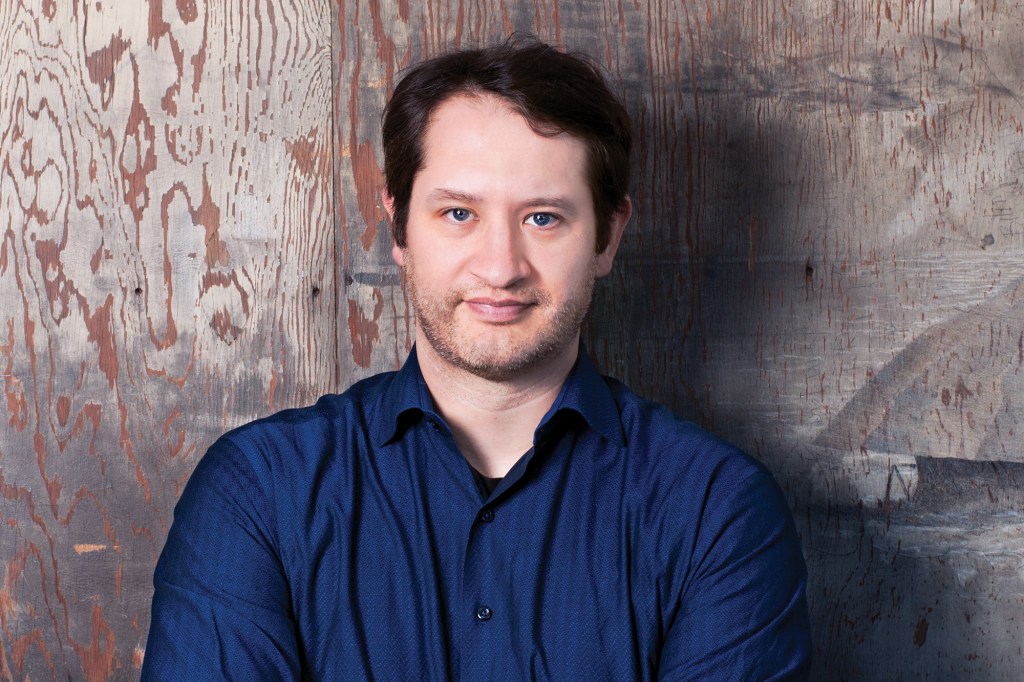
-
Deanna Van Buren and Kyle Rawlins, Designing Justice + Designing Spaces
“Their work challenges the racism of mass incarceration head-on.”
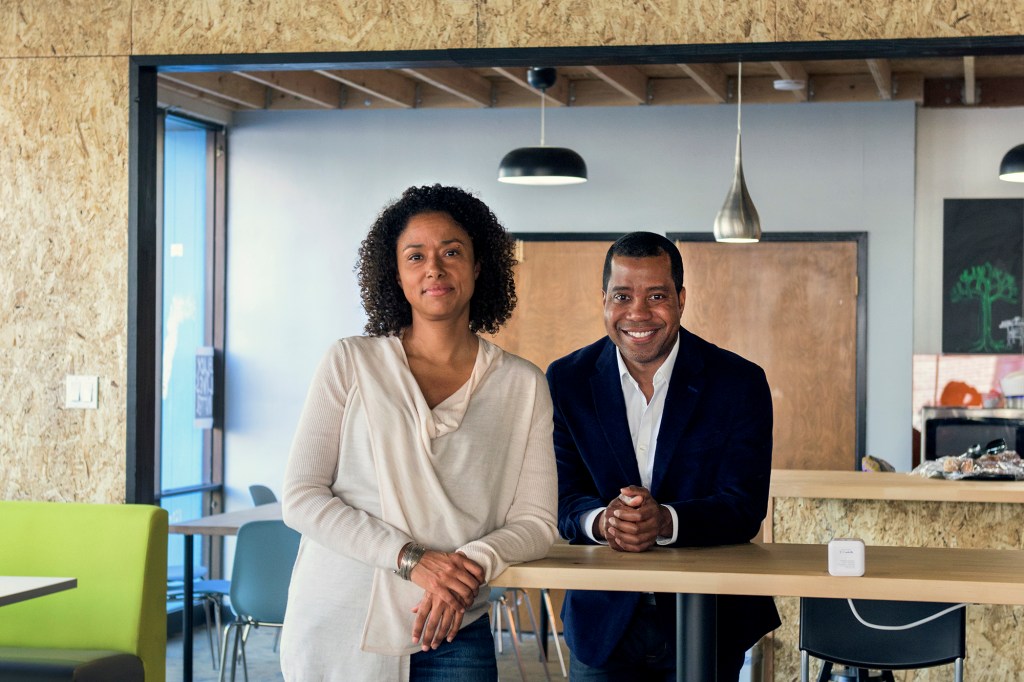
-
Chelina Odbert and Jennifer Toy, Kounkuey Design Initiative
“As much as we love design and love its power, design alone is not enough.”
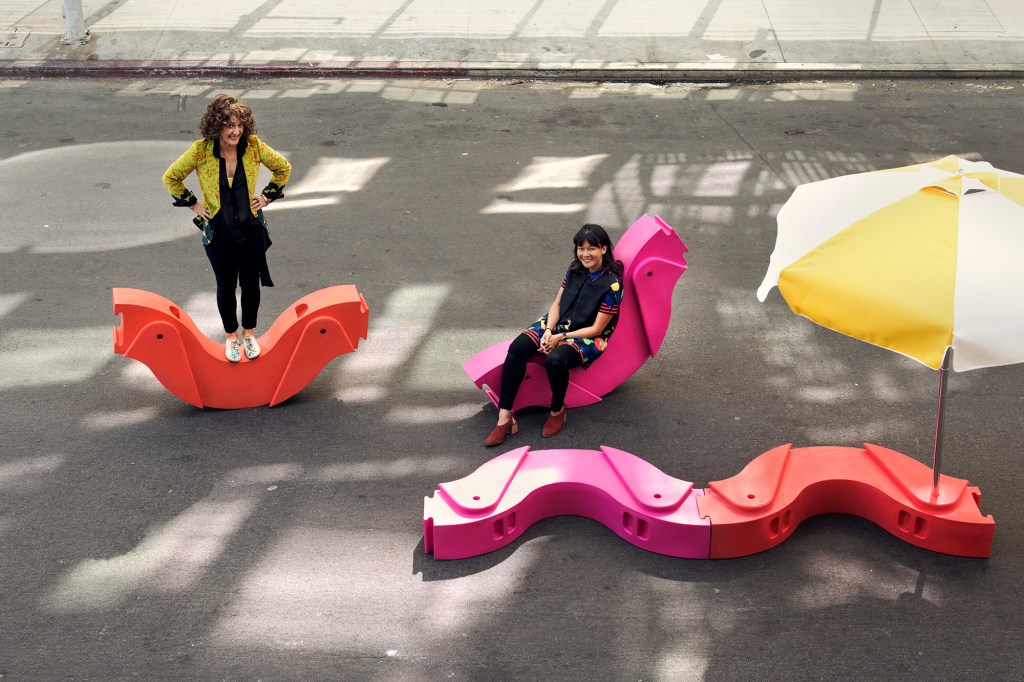
-
Tiffany Brown, Urban Arts Collective
“I want to give everything I have learned to girls who are walking my path. I want to make sure they know it’s up to them to advocate for our communities.”
